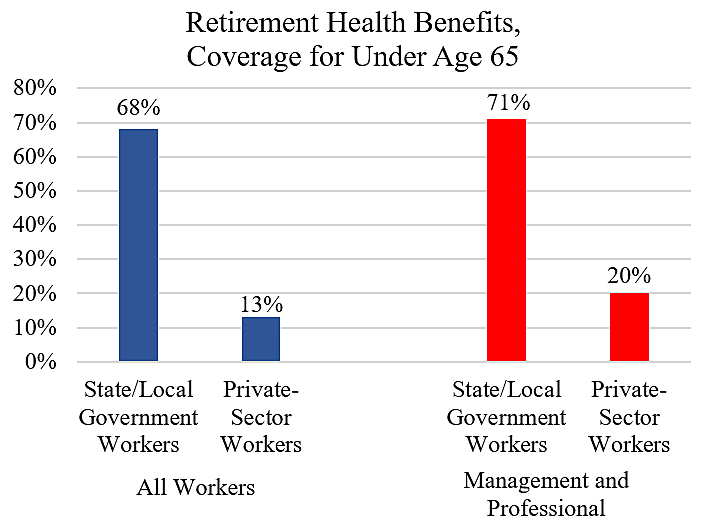General Motors recently announced that it is terminating its participation in the Trump administration’s lawsuit to deny California the ability to set more stringent Corporate Average Fuel Economy (CAFE) standards. As I have discussed before, CAFE standards, which were originally devised to reduce fuel use during the oil shocks of the 1970s, have been repurposed as climate change (CO2) emissions controls. But the standards are an inefficient method to reduce CO2 emissions.
Last year, the Trump administration froze future CAFE standards at 2020 levels and denied California’s request to set higher fuel economy standards than the federal government. California and 22 other states filed a lawsuit challenging the Trump administration’s denial of the waiver from the more lax federal standard. General Motors, Toyota, and Fiat Chrysler joined the lawsuit on the side of the administration while Ford, Honda, BMW, Volkswagen, and Volvo agreed to follow California’s more stringent standard. General Motors’ decision to stop participation in the lawsuit increases the likelihood that the ultimate result for the country will be California’s standard of 51 mpg rather than the Trump 40 mpg.
This ongoing saga and its portrayal in the media illustrate a deficiency of much environmental journalism. Environmental journalists write about these disputes as if there is a good side and a bad side. The bad side opposes more stringent environmental regulation and the good side supports them.
Why don’t journalists ever ask what the optimal amount of environmental protection would be and how we would achieve it? Their black and white view of environmental regulations ignores the legitimate debate over what level of environmental protection is appropriate and what regulatory tools offer the most cost-effective way to accomplish those goals.
For example, economic analysis of the original Obama CAFE standard of 54.5 mpg concluded that it would reduce emissions as much as a carbon tax of $27 a ton (27 cents per gallon) but cost six times as much. Additional analysis of the Obama proposal also has concluded that it is regressive. So why do journalists praise a policy proposal that is the equivalent of a revenue-neutral federal carbon tax of $162 a ton ($1.62 per gallon) with a rebate of the revenue to those with above-median family income?

